FOR equestrians, the word tendon is enough to spark dread. A strained or ruptured tendon can spell the end of a promising career. For decades, managing these injuries had been an exercise in hope, patience, and limited options. That is until Andrew Daly designed EqueStride.
EqueStride stands at the very heart of a quiet revolution in equine rehabilitation, a tendon-support device and treatment method designed and developed by Irish innovator Daly, who had previously worked as a design engineer for the Formula One motor racing industry. EqueStride is a 30-year journey of engineering grit, equine understanding, and originality.
“Horses need to exercise during tendon injury recovery, mainly to prevent scarring. A scarred tendon will be prone to re-injury,” Daly explains. “The difficulty of designing a device that can support a horse’s tendons during rehabilitation and allowing safe exercise has been a massive challenge. Many high-profile companies have tried over the decades, but haven’t succeeded.”
What makes EqueStride work is the professional overlap – Daly is a designer who also knows horses. He has a Master’s from the Royal College of Art and Imperial College London in Design Engineering. But he’s also a lifelong horseman, having grown up in a household where horses were part of daily life.
“I had a 14.2hh show jumping pony with a tendon strain back in the ’80s. That was my first experience of tendon injury. The vets used to say it was the most common injury they saw.”
It planted a seed. And Daly, unlike many, had the rare ability to act on that seed and make something industry-changing grow.
Usable prototype
The concept was simple in theory: develop a support system that would relieve the load on a horse’s flexor tendons during exercise. But in practice? It took more than 15 years of iterative design and testing to reach a usable prototype.
“People don’t often realise how much force a horse’s flexor tendons and suspensory ligaments are under – over two tonnes of tensile load during galloping,” Daly says. “You can’t just bandage that away. Dogs and humans can get by with bandaging and support straps when injured because they weigh a fraction of what horses do. But horses? Horses are massive biomechanical animals by comparison. You name it, most innovation in animal medicine has come from human medicine.”
That innovation is exactly why the EqueStride treatment is so unusual, in that there was no equivalent device in the world of human tendon rehabilitation that could be transferred to equines. It had to be designed from the ground up, specially for the extreme needs of the horse.
Offload tendon strain
By 2000, Daly had teamed up with Professor Roger Smith and Professor Alan Wilson at the Royal Veterinary College (RVC) for testing purposes. Together, they conducted extensive trials of Daly’s device that would confirm that it could do what no other product had ever been able to do before.
“The RVC tested all of the conventional support methods used by horse owners and vets up to that time; bandages, neoprene boots, casts. These all had zero effect on tendon strain as the horse exercises. Only EqueStride showed that it could actually offload tendon strain during movement.”
What this meant was that, for the first time, it was possible to give the horse the exercise it needs to enable the injured tendon to heal properly and without the risk of overloading the tendon, causing further injury.
Their findings were published in the Equine Veterinary Journal in 2002, a peer-reviewed stamp of legitimacy that has stood unchallenged to this day.
EqueStride wasn’t Daly’s first foray into innovative equine equipment. Before it, he had already transformed the market with another invention – Dalmar tendon boots, the first to incorporate air-cooling technology for racehorses and sport horses.
“Before Dalmar came along, boots were just leather or plastic shells. I designed the first air-cooled boots to reduce tendon overheating – one of the key causes of injury. That idea came directly out of my collaboration with the RVC where the true extent of heat build up in a horse’s tendon was quantified for the first time.
“I realised it was very similar to the heat buildup in motor engines and like a hot engine, it required a cooling system.”
The Dalmar range was eventually acquired by Horseware Ireland in 2010 and, with that sale, Daly was free to return to his original project, the EqueStride system.
He didn’t rush it. Commercialisation came gradually. The first EqueStride devices became available in 2011, with testing and refinement taking place behind the scenes for a decade prior.
“It was never about speed to market. Launching a less than perfect device would have been disastrous. It had to be right – safe, effective and reliable.”
Claim credit
Unfortunately, success brings copiers. As an innovator, protection of his ideas through intellectual property rights and the legal process has been crucial to Daly’s work. Copycats have always been lurking at every stage of his career, trying to claim credit for his work. But Daly has never tolerated them.
Real-world success stories are where EqueStride really shines. Hundreds of horses have been treated successfully to date using the technology, from competition ponies to Olympic gold medallists.
Gloria Apati-Nagy is an equine veterinary surgeon responsible for the management and supervision of horses rehabilitating with EqueStride. Her first case was in 2018 for a complete superficial digital flexor tendon rupture.
“A tendon and ligament injury is a devastating condition to deal with from a veterinary point of view, as well as for the owner,” says Apati-Nagy. “It often happens suddenly, is usually very painful for the horse, and is a big shock to the owner. The road to recovery is slow, expensive, nerve-wracking, and sometimes not even possible due to frequent re-injuries.
“You want to help, but there’s so little that can be done to stop the dropping of the fetlock once the tendon’s integrity is compromised. The prognosis is poor, and the best you can often say is that the horse requires months and months of box rest and, if we’re lucky, it might become field sound. Not to mention the financial impact of the injury.
“In a world where innovation and technology are transforming our lives, we hadn’t found a solution to tackle this issue until EqueStride. It seems we needed an engineer to solve one of the biggest challenges of the equine veterinary field.
“Due to the inability to prevent re-injury during tendon rehabilitation in horses, for decades, the only solution has been strict rest and no exercise, simply because it’s too risky, and seems to be too painful for the horse,” Apati-Nagy adds.
“This is still the mindset of many vets and owners. But, just because we’ve always done something in a certain way, it doesn’t mean it’s the right way. In human medicine, it’s standard evidence-based practice to begin gentle exercise in the early stages of soft tissue injury recovery. Not only does it reduce pain and increase mobility, but it also improves tissue strength and flexibility. Early mobilisation helps prevent stiffness, maintain muscle strength, and stimulate proper fibre alignment, leading to faster and more effective healing.
“And this is exactly what we’re seeing in horses rehabilitating with EqueStride. Just two to three weeks after a complete superficial digital flexor tendon rupture, we begin gentle exercise. The horse is still lame at first, but day by day, its comfort level and confidence start to improve, and it begins to walk sound within weeks.
“By two to three months post-injury, many horses are back to gentle ridden work or short bursts of trot, completely sound. Not to mention the psychological benefits: instead of being stuck in a stable for six to eight months, horses can safely rehab in a field or while hand-grazing.
“Most vets and owners are sceptical at first. I was one of them. But once they see the results, they stop questioning the method. I can’t imagine rehabbing tendon injuries any other way now. The application and benefits across different types of injuries and locations are incredibly versatile. Whenever the fetlock needs support, the only thing you should be thinking of is EqueStride.”
Breeding industry
One of the more unexpected ways the EqueStride system has been profound is in the horse breeding industry. Since its launch, the EqueStride support has also proven to be extremely beneficial to breeding stallions and mares. “Breeding is the only area of equine activity where older horses are asked to perform strenuous work on a regular basis,” says Daly. “Breakdown of hind limbs, particularly due to tendons and suspensory ligament overloading is a common reason why valuable stallions are forced to retire early. Older broodmares can also have similar hind limb suspensory collapse problems due to the weight of the foal during late pregnancy.”
World-leading sport horse breeder Paul Schockemohle has been using the EqueStride system at his renowned stallion station in Muhlen since 2017 to keep the older stallions going and also to prevent onset of problems with younger stallions. EqueStride has revolutionised the management and care of Schockemohle’s breeding stallions. The specialised support devices are always used when the stallions are covering.
The 26-year-old super star Balou Du Rouet is still going strong as a breeding stallion thanks to EqueStride support. “Balou is a tribute to the Schockemohle establishment and to how well they look after all those magnificent horses,” Daly notes.
Paul Schockemohle explains: “Many valuable sport horse and racehorse stallions around the world are forced to retire early from stud duty because of injuries to the flexor tendons, suspensory ligaments and fetlock joints, particularly in the hind legs.
“The EqueStride support system has revolutionised the way these horses are managed. It allows the valuable older stallions to continue their stud duties for much longer, and it keeps the young stallions from developing the kind of leg problems that cause early retirement.”
Racing industry
Surprisingly, the racing industry has been slower to take up EqueStride treatment for tendon injury rehabilitation than the wider equestrian world, despite the sector having even higher rates of tendon injury. And yet the need is clear. According to Professor Roger Smith, an estimated 75% of all racehorses experience some degree of tendon injury during their racing careers, and 25% do suffer career-ending damage.
“EqueStride treatment could change that for the racing industry,” Daly insists. “I have proven it can get racehorses back to fitness quicker and back to doing what they’re bred to do. But the sport horse world is where the real uptake has happened. People don’t give up on a horse lightly when they’ve invested years into its development.”
Record straight
After years of success in design and testing, EqueStride now has a proper sales and marketing team in place. “I feel genuinely privileged to have such excellent people in vital roles now,” Daly says. “After all the years of development, I do need to promote it now. Not just for sales, but to set the record straight. It’s time to tell the story.”
He’s not wrong. The story of EqueStride is more than a clever device and a revolutionary treatment method. It’s the tale of one Irish horseman who quietly built something extraordinary – without cutting corners, without copying and without compromise.
And, in a world where horses are often at the mercy of poor outcomes after injury, that kind of integrity may be the most revolutionary force of all.
For more see equestride.com.
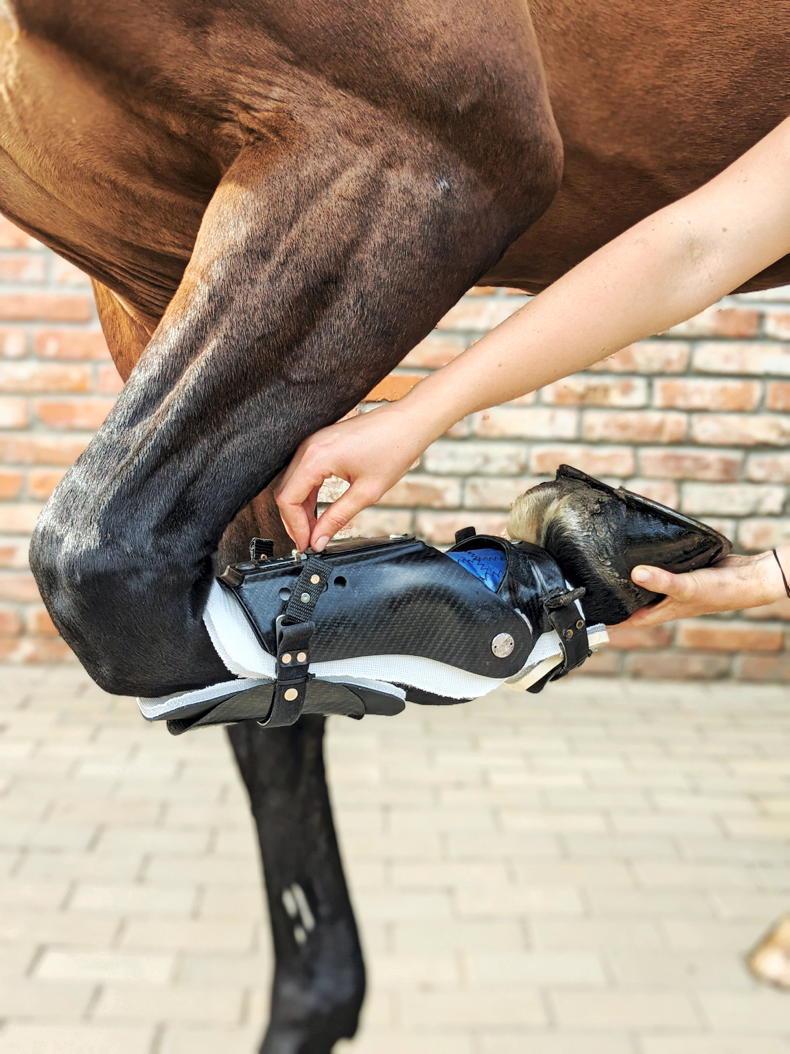

 This is a subscriber-only article
This is a subscriber-only article
 It looks like you're browsing in private mode
It looks like you're browsing in private mode




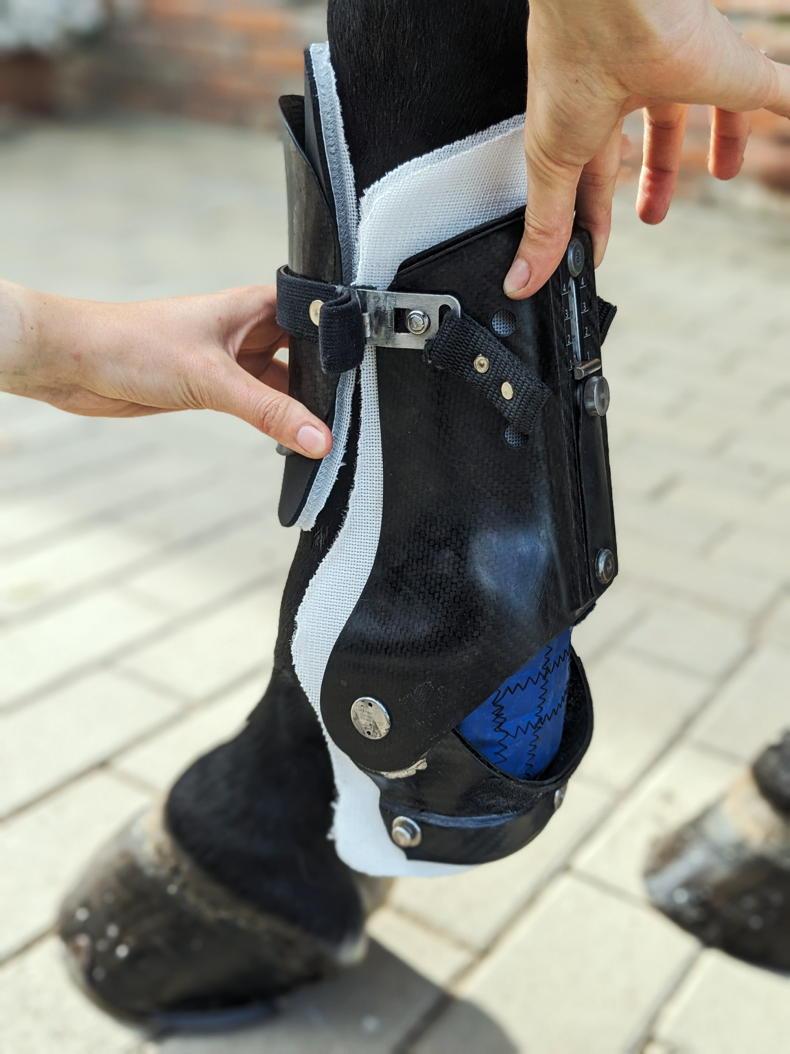
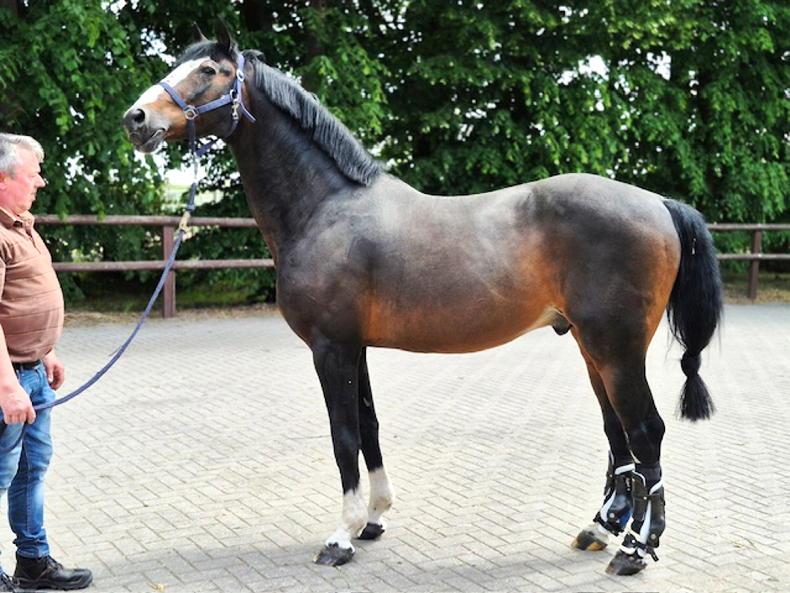
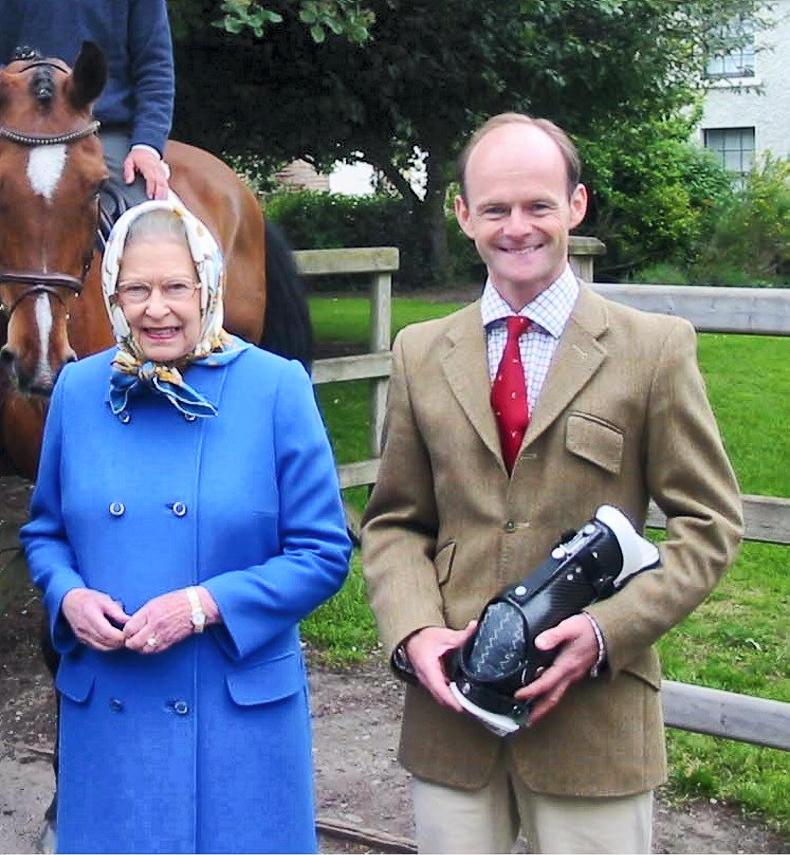
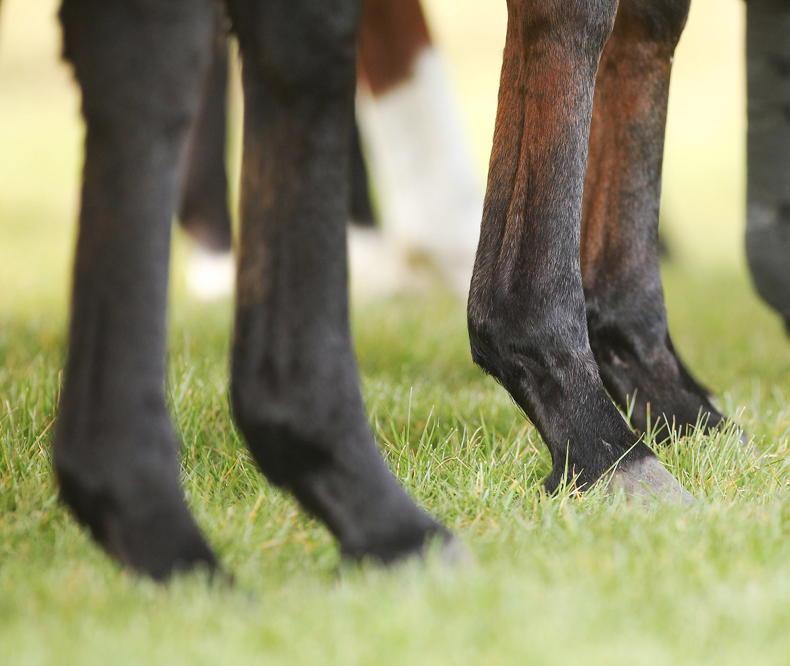

SHARING OPTIONS: